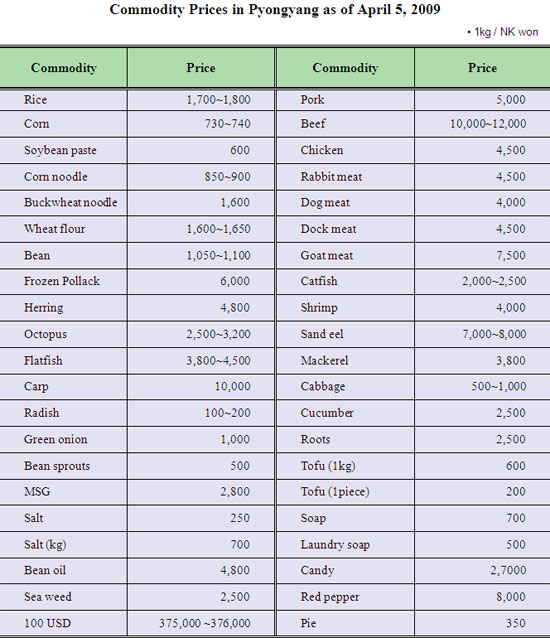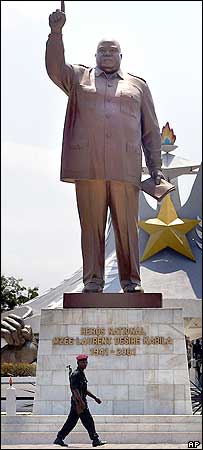Using Google Earth’s feature which allows users to view the same location at different points in time, we can see that Pyongyang has experienced quite a construction boom in the 21st century, particularly in the southern Rakrang District. Below I have posted some of the more interesting discoveries (dates are in the upper right corner of the images).
Russian Orthodox Church (Rakrang)
Many have speculated that the construction boom is related to the DPRK’s plan to achieve a “strong and prosperous state” (Kangsong Taeguk) by 2012—the 100th birthday of the country’s eternal president, Kim il Sung.
UPDATE: Jon Herskovitz writes in Reuters that all this construction is actually making pepole worse off. According to the article:
The programme to forge a “great and prosperous nation” by 2012 was a central part of the mandate for Kim Jong-il, son of the founding president, when parliament extended his official leadership in March for five years.
The goals for the broken economy are lofty. The North wants to revamp its railways, coal mines, steelworks and electrical supply, end hunger and strengthen its already large military.
“The Korean people will strikingly demonstrate their heroic stamina as socialist workers … and thus fling open the gate to a thriving nation in 2012,” North Korean state media said in a report to mark May Day.
Foreign residents in Pyongyang say streets are being spruced up and buildings refurbished to mark the 100th birthday of Kim Il-sung, who died in 1994 but is still considered president for eternity of Asia’s only communist dynasty.
“The 2012 project fits into these themes: glorification of the past, and if past history is any guide, the wasting of huge sums on useless monumental edifices,” Marcus Noland, an expert on the North’s economy with the U.S.-based Peterson Institute for International Economics, wrote in an email.
“The problem for North Korea will be financing this initiative.”
North Korea’s centrally planned economy has shrunk significantly since the rise to power in 1994 of Kim Jong-il, whose government quickly stepped away from early attempts at economic reform which might have threatened its grip on power.
Money from overseas has been drying up as the prickly North has backed away from an international disarmament-for-aid deal and the impact of U.N. sanctions, tightened after its April 5 test launch of what many saw as a disguised long-range missile.
…
Those likely to bear the brunt of this shift in internal spending will be the most impoverished in the already destitute state, analysts said.
They will be forced to mobilise for government projects, leaving their local and mostly rural economies to stagnate, which means less food in a country that for years has been unable to produce enough grain to feed its 23 million people.
Read the full article here:
North Korea’s prosperity push could raise poverty
Reuters
Jon Herskovitz
5/12/2009


